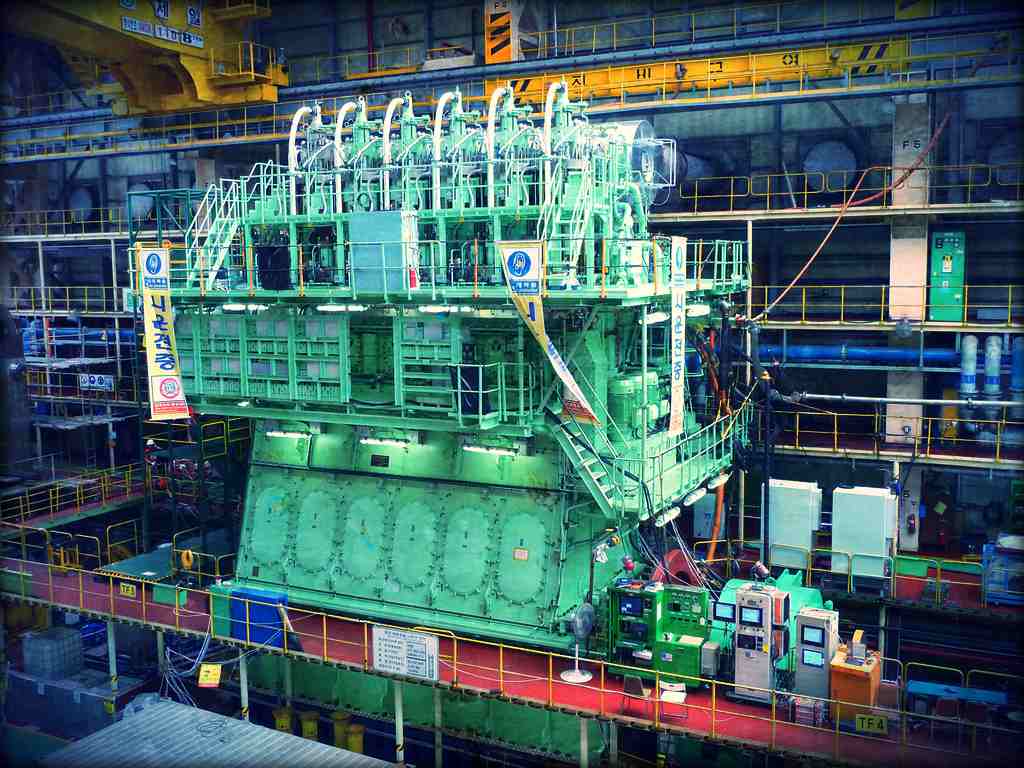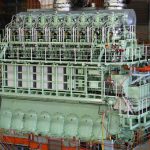I was first introduced to a marine diesel engine in the form of a Caterpillar (CAT) inboard engine in my Uncle Jimmy’s boat that he used for lobster/crab potting and local fishing trips. I accompanied him on many trips from when I was about ten years old and got to know the CAT engine’s idiosyncrasies quite well. I them worked on much larger engines while serving my apprenticeship at Harland and Wolff of Belfast; they had a license to build Burmeister and Wain two-stroke diesel engines.
Leaving the shipyard in 1966, I joined my first ship in Portland Maine, the MV Orama, a 30,000T Oil Tanker, as Junior Engineer Officer. She had a B&W main engine so I felt quite at home, except for rolling about across the North Atlantic and gas-freeing of the tanks. Like all first trippers, I suffered from sea sickness for a few days, from a combination of her gyrations and the constant smell of crude oil.
The following sections supply links to marine articles here at Bright Hub that deal with diesel engines. After a brief introduction to the theory and terminology involved, we will move on to examining the components and systems of these engines, and then watch keeping duties, along with the operation and maintenance of a typical two-stroke marine diesel engine.
Engine Installation, Two Stroke & Four Stroke Engines
Before we examine the two-stroke and four-stroke engines, it is worthwhile to have a look at one method of assembling the engines in the engine room.
Engine Assembly aboard Ship
There are a number of marine diesel engine manufacturers who assemble and test the engines before stripping them down to the main components and lowering them into the ship’s engine room. We used to re-assemble the components in the engine room in the following order. (I imagine the same procedures are used today, except for the main foundation components being of a more modern design.)
The bed plate consists of two longitudinal girders, braced by cast steel traverse cross sections. At selected cross sections, the main bearing pockets are line-bored and two vertical holes drilled through them and the section. The main tie-rods are fitted through these into the bed plate.
The bed plate is lowered into position onto the supports that form part of the ship’s hull, then shimmed level and caulked before being fitted with hold-down bolts that run right around the bottom support frame. The crankshaft main bearing bottom halves are then fitted to the bed plate bearing pockets and the crankshaft lowered into them. The top halves of the main bearing are then fitted and checked for clearance and alignment.
The “A” frames and entablatures follow, being bolted together using fitted bolts, before other components are quickly fitted until the engine is completely rebuilt.


